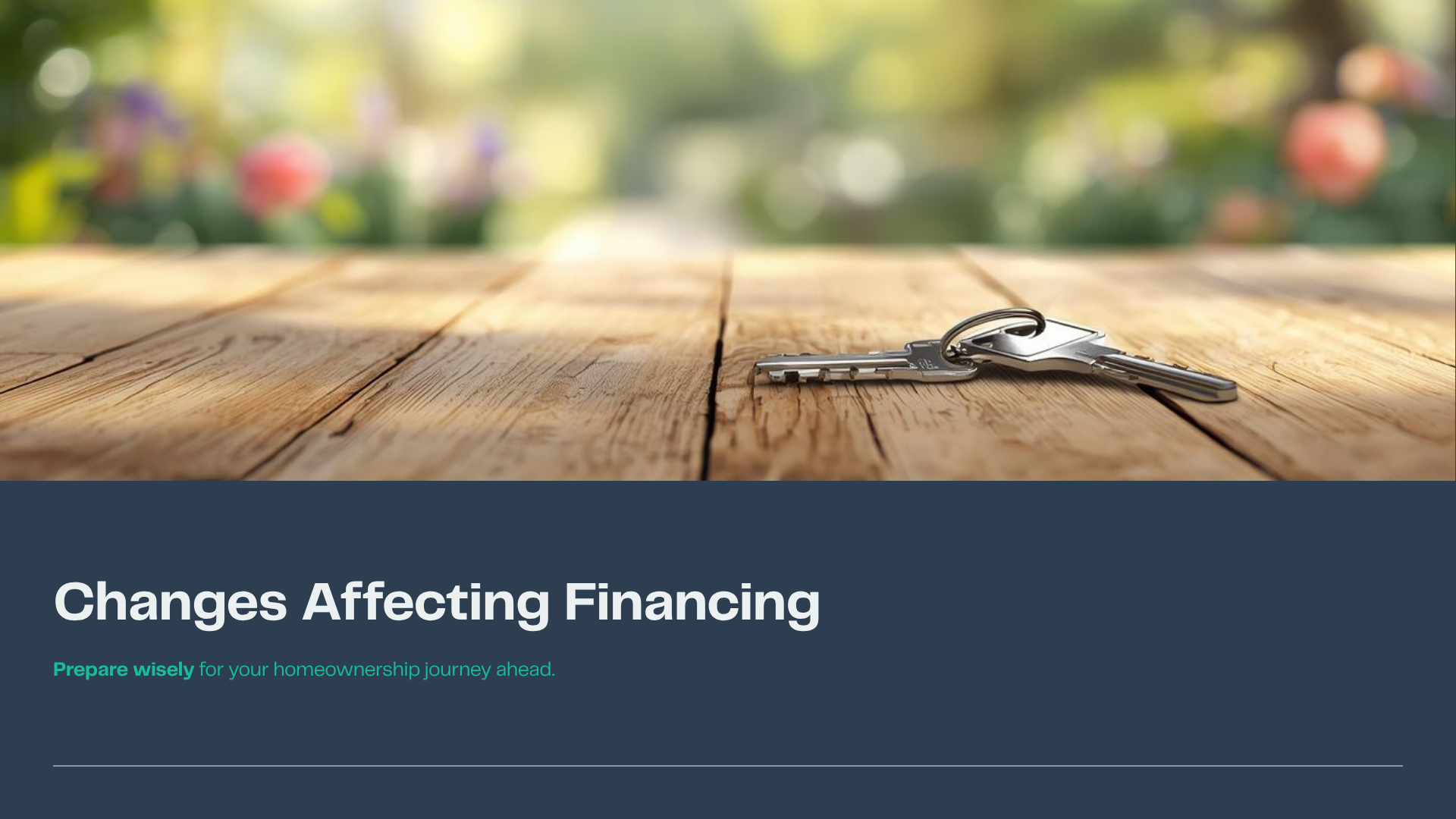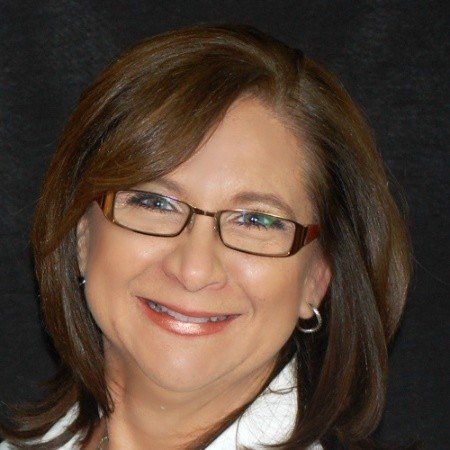Is a cash-back mortgage right for you?

With rates rising and house prices dropping slowly, I’m finding some clients are having a tougher time qualifying right now.
I feel like I have been saying the same thing for different reasons over the last few years.
A significant number of the clients I work with live in northern B.C. I was chatting with a realtor in Fort St John this week and shared that the challenge finding financing for northern clients is slightly different (sweeping generalization here) than clients in the Okanagan.
I have not done statistical research, so I am speaking based on my experience with my clients in both areas, and my comments don’t apply to clients across the board in either area as there are always exceptions.
In northern B.C., in resource-based communities, I regularly see family incomes of $150,000 or more. In the Okanagan, I see family incomes more in the $75,000 to $90,000 range.
House prices are of course very different in various parts of the province. In Mackenzie, I have clients buying fully renovated family homes with large yards for under $200,000. In Smithers and Fort St John prices run between $400,000 and $500,000 for similar homes.
In the Okanagan. I’m noticing more of price drop but similar homes to what I’ve just described are still well over $700,000.
What evens the playing field is lifestyle choice.
In northern B.C., it’s rare for me to work on an application where the clients don’t own several “toys” (trailers, quads, boats, etc) which usually come with loan payments. Although some clients in the Okanagan also have those items, I find more of my applicants might have a vehicle payment and otherwise limited credit usage.
This week, I’m working with first-time buyers in northern B.C. I took their application and was pleased to see all of their toys but one were owned outright. They did, however, finance a brand-new, shiny pickup truck three months ago to the tune of $80,000, or $1,350 per month.
Then he was offered an amazing opportunity in a different community. They have been saving for a down payment, so have their down payment and closing costs taken care of.
They found a home they love but with the new truck payment and the quad payment their ratios are a little high.
For these clients, we will be working with a lender that offers a cash-back program. They will be getting three per cent of the mortgage balance as cash at the time of closing.That cash will be used to pay off their quad loan. Win-win.
As a rule, I am not a huge fan of cash-back mortgages.
There is one particular chartered bank that really promotes its cash-back option, but if the borrowers need to pay the mortgage out early for any reason (before their initial five-year term is up) they have to repay every single penny of the cash-back funds, regardless of how long they have been paying on the mortgage.
The lender I took these clients to also offers three per cent cash back, and if clients have to pay the mortgage off before the initial five-year term is up, they have to repay a portion of the cash-back funds, but on a sliding scale depending on how long they have had the mortgage.
The key takeaway here is if you are considering a cash-back mortgage program, it is important you understand the fine print. Life happens so a little time researching up front may save aggravation down the road.
For these particular clients the mortgage is the right fit.
If you are looking at applying for a mortgage in the near future, I suggest holding off on any purchases that require financing until you’ve had a chance to work with your mortgage person to see how a new loan payment might affect your borrowing power.
If you’d like to play with numbers to see what you qualify for, and how a potential loan payment might affect your borrowing power, feel free to download the link to My Mortgage Planner.
If you are able to hold off on a purchase until you are into your new home, you will likely find it easier to arrange mortgage financing.
Happy Thanksgiving.






